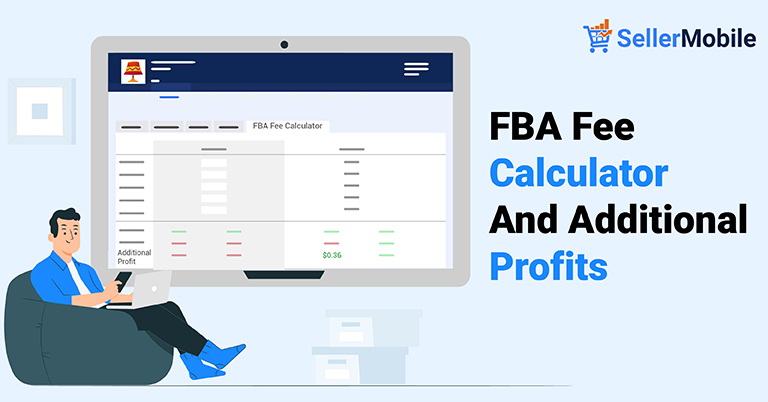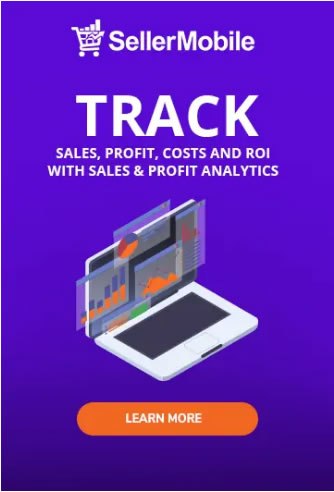One of the best ways to maximize profit is by setting prices according to the best available data. Even a small 1% change in price can yield over a 10% increase in profitability. So how do you price products effectively? It comes down to a few key factors: calculating costs, identifying which customers you’re after and following your competitors’ lead.
Calculating Costs
The cost of a product might sound like a simple thing to measure, but it’s actually made up of several distinct elements. It’s important to incorporate all of these elements into an overall assessment of your costs, so you’re not eating into your profit margin without realizing it. The total cost of a product is a combination of the costs of raw materials, labor, assembly, storage, shipping, marketing, returns, taxes and FBA fees. FBA fees in particular can be difficult to manage, so we’ll break down how to accurately assess these fees later.
Once you know your combined costs, you’ll want to divide this number by the number of products you plan on producing to get your average cost per item. Next, you’ll want to determine your gross profit margin target to ensure you’re staying profitable. Simply subtract your product’s cost from its price, then divide the result by the product’s price. If you can hit a gross profit margin target of between 30 and 50%, you’re on the right track.
Identifying Which Customers You’re After
Another important factor in figuring out the best price for your products is identifying which customers you’re after. This might sound odd at first—aren’t you after as many customers as possible? But depending on what kind of customers are most likely to buy your product, different prices will work better than others. Some customers, for example, buy products on a whim when listings catch their eye. If this is the kind of customer most likely to buy your product, then you’ll want to make a dazzling listing (with a higher price). Other customers are bargain-hunters: you’ll win these customers over if you have the same listing as your competitors at an even marginally better price.
Following Your Competitors’ Lead
When in doubt, follow your competitors’ lead. If you’re completely at a loss as to how to price your products, you can always rifle through your competitors’ listing to get an idea of where to start. Look for competitors with positive reviews and professional-looking listings, as these are most likely the competitors who have already figured out how to effectively price their products. Once you’ve found a few competitors like this, you should be able to get a sense of the proper price range for your product. You can always employ age-old tricks of the trade, too: if your competitor has a listing at $20, price yours at $19.99.
Managing FBA Fees
The strategies above should get you started on the path to effective pricing (and maximum profit). But one of the most difficult costs to calculate is FBA fees. These fees change regularly and vary according to your products’ weight and size. Most sellers lost a chunk of their profits due to FBA fees without realizing it, simply because they don’t know how to bring their FBA fees down.
For this reason, many Amazon sellers choose to use automated systems that calculate FBA fees and offer suggestions on how to bring costs down. SellerMobile’s FBA Fee Calculator, for example, helps sellers get the most possible profit on every product by breaking down FBA fees by individual ASIN. Since FBA fees are based on products’ weight and size, SellerMobile’s software also offers suggestions on how to change the dimensions of your packaging to bring your fees down to a lower tier.
To make the most out of this feature, click on the product name >> click on Price/ Fees >> FBA Calculator add cost of goods for more acculate profits. SellerMobile will then give you an instant net profit and net margin calculation, so you’ll know exactly how FBA fees affect your bottom line. By adjusting your product’s price or number of units sold, you can figure out how best to reach your target net margins.
Click here to start your free trial today, and you’ll gain access to the FBA Fee Calculator along with the full suite of SellerMobile’s tools for Amazon sellers.
Best of luck!





